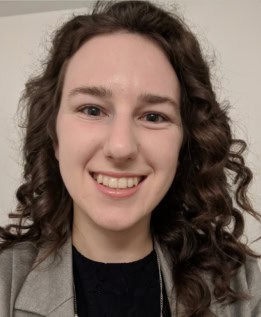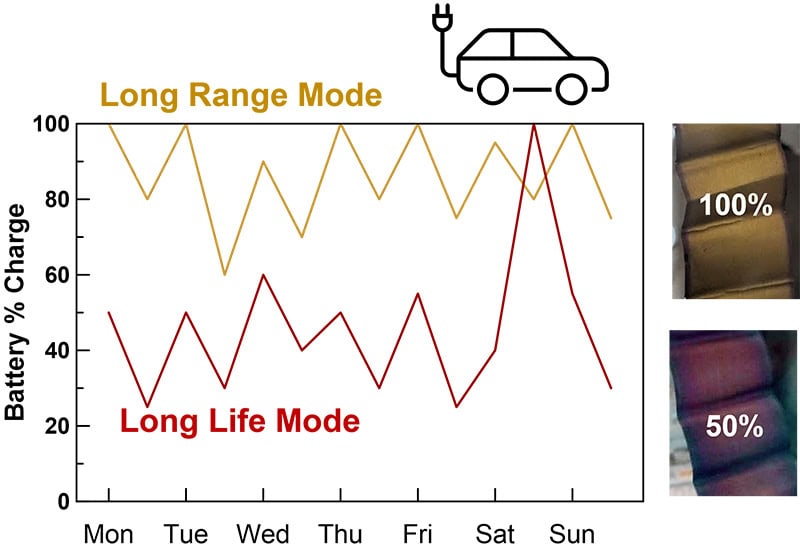Available to watch now, this webinar will explore LFP cells cycled over different states of charge
Want to learn more on this subject?
Lithium iron phosphate (LFP) battery cells are ubiquitous in electric vehicles and stationary energy storage because they are cheap and have a long lifetime. This webinar will show our studies comparing 240 mAh LFP/graphite pouch cells undergoing charge-discharge cycles over 5 state of charge (SOC) windows (0%–25%, 0%–60%, 0%–80%, 0%–100%, and 75%–100%). To accelerate the degradation, elevated temperatures of 40°C and 55°C were used. In more realistic operating temperatures, it is expected that LFP cells will perform better with longer lifetimes. In this study, we found that cycling LFP cells across a lower average SOC result in less capacity fade than cycling across a higher average SOC, regardless of depth of discharge. The primary capacity fade mechanism is lithium inventory loss due to: lithiated graphite reactivity with electrolyte, which increases incrementally with SOC, and lithium alkoxide species causing iron dissolution and deposition on the negative electrode at high SOC which further accelerates lithium inventory loss. Our results show that even low voltage LFP systems (3.65 V) have a trade-off between average SOC and lifetime. Operating LFP cells at lower average SOC could extend their lifetime substantially in both EV and grid storage applications.
Want to learn more on this subject?

Eniko Zsoldos is a 5th year PhD candidate in chemistry at Dalhousie University in the Jeff Dahn research group. Her current research focuses on understanding degradation mechanisms in a variety of lithium-ion cell chemistries (NMC, LFP, LMO) using techniques such as isothermal microcalorimetry and electrolyte analysis. Eniko received her undergraduate degree in nanotechnology engineering from the University of Waterloo. During her undergrad, she was a member of the Waterloo Formula Electric team, building an electric race car for FSAE student competitions. She has completed internships at Sila Nanotechnologies working on silicon-based anodes for batteries, and at Tesla working on dry electrode processing in Fremont, CA.








